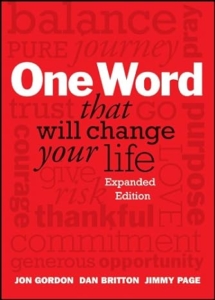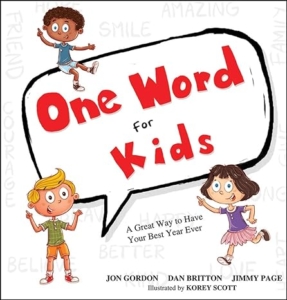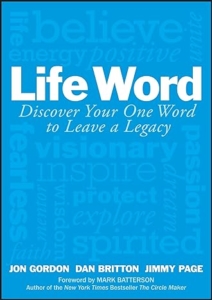The Meet Cute
by Paula Gail Benson
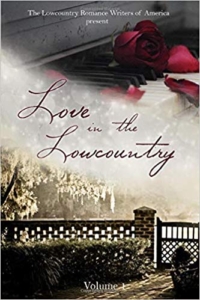
Cover from First LRWA Anthology
Currently, I’m working on an up-to-10,000 word short story for the third Lowcountry Romance Writers’ (LRWA) anthology. The story must somehow involve South Carolina and a vacation.
I’m basing mine on characters I developed in my story that appeared in the first LRWA anthology. It’s been fun to give this couple its own romance since they were the antagonists in the original story. Figuring out how two basically disagreeable folks become likable and get together has been both challenging and delightful!
During a brainstorming session with some of the other anthology contributors, I described the female protagonist’s situation, background, and desires. She was focused on finding a way to connect with her 10-year-old daughter, who seemed more in sync with the ex-husband and his fiancée. I was interrupted from describing my character’s angst with the question: what’s her love interest and where’s the “meet cute”?
I’d heard the term “meet cute” and recognized the concept. Wikipedia, referencing Merriam-Webster, describes it as: “a scene in media, in which two people meet for the first time, typically under unusual, humorous, or cute circumstances, and go on to form a future romantic couple.” Wikipedia illustrated the entry with a depiction of Romeo and Juliet’s first meeting.
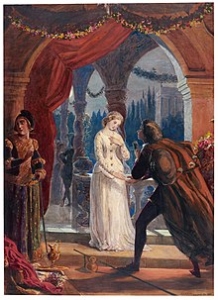
Image that appears in Wikipedia
Romeo and Juliet opens with a “meet cute”? I had to reread the play.
So, Romeo is pining after Rosalind, who is a Capulet niece. The Capulets are trying to fix Juliet up with Paris. Then, Romeo sneaks into the Capulets’ banquet at their home. Tybalt protests his presence, but Mr. Capulet says, don’t call attention to him. Meanwhile, Romeo sees and zeroes in on Juliet. After some fancy talk about pilgrims’ hands meeting in prayer resembling kissing, they trade a few smooches.
Okay. I understand the setup as a “meet cute.” Romeo goes to romance the girl he’s fascinated by and instead falls in love with the daughter of his family’s worst enemy. It’s the story’s tragic overtones (not to mention all the pilgrims’ hands speeches) that obscure the humor of that scene.
I thought about some of my favorite Rom-Coms: Legally Blonde, where Elle meets Emmett at Harvard, or Shakespeare in Love, where the bard first sees his muse dressed in male attire and auditioning for a role. One of my favorite romances is Lisa Kleypas’ The Devil in Winter, one of her wallflower series. The couple are acquainted but have their actual first face-to-face meeting after the male has kidnapped the female’s friend in a previous book. Evangeline Jenner is the shy, stuttering daughter of a wealthy gambling house owner who approaches Sebastian, Lord Vincent, one of London’s best-known rakes to save her from her relatives’ manipulations. That initial scene sizzles with sexual tension.
Could I do that with my characters? I’ve tried by having them reconnect at a restaurant where the female does not at first recognize the male, who is her server. I asked for some feedback from another writing group and was fascinated to hear their reactions to this couple. The group had a lot of good suggestions and questions. I always find questions encouraging because it means readers want to know more.
What’s your favorite “meet cute” scene and has it ever involved unlikable characters?
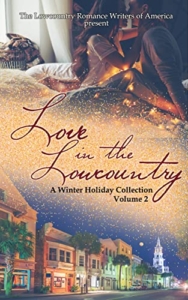
Cover of LRWA Anthology Volume 2

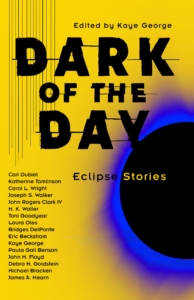
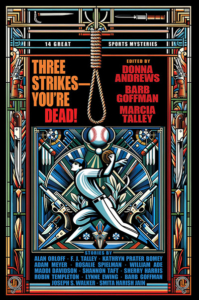
 On March 1, Terrie Farley Moran, author of the Read Em and Eat mystery series and current author of the Jessica Fletcher novels including Murder She Wrote: Death on the Emerald Isle, posted the following on Facebook: “Welcome to March, the month of St. Patrick’s Day celebrations. Please remember that the SHAMROCK has THREE leaves and decorate accordingly. This is my annual public service announcement.”
On March 1, Terrie Farley Moran, author of the Read Em and Eat mystery series and current author of the Jessica Fletcher novels including Murder She Wrote: Death on the Emerald Isle, posted the following on Facebook: “Welcome to March, the month of St. Patrick’s Day celebrations. Please remember that the SHAMROCK has THREE leaves and decorate accordingly. This is my annual public service announcement.”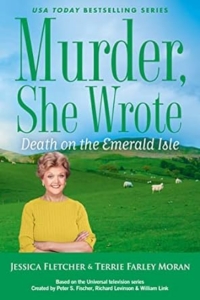
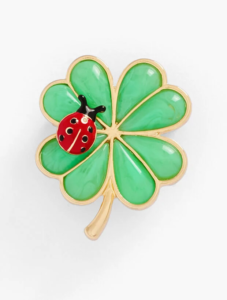

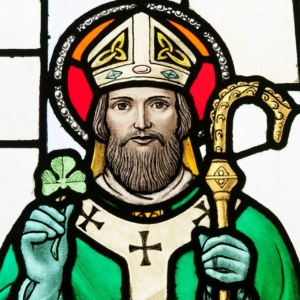

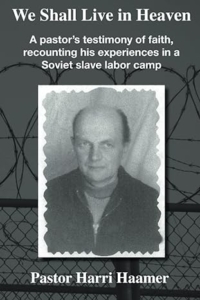
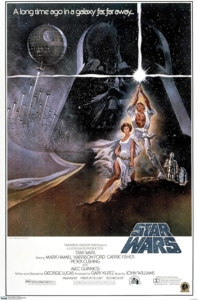
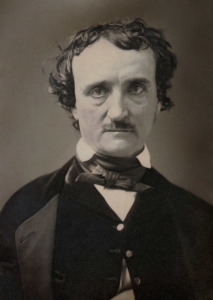
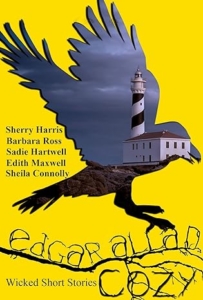 In recognition of his birth, Edith Maxwell reminded readers of an anthology compiled by New England authors, Edgar Allan Cozy, in which each story is based on one of Poe’s short stories, supplied with a cozy atmosphere, and set in the fictional town of Raven Harbor, Maine. Edited by Sadie Hartwell, it contains stories by Ms. Hartwell as well as Barbara Ross, Sherry Harris, the late Shelia Connolly, and Edith Maxwell. It’s available through Amazon.
In recognition of his birth, Edith Maxwell reminded readers of an anthology compiled by New England authors, Edgar Allan Cozy, in which each story is based on one of Poe’s short stories, supplied with a cozy atmosphere, and set in the fictional town of Raven Harbor, Maine. Edited by Sadie Hartwell, it contains stories by Ms. Hartwell as well as Barbara Ross, Sherry Harris, the late Shelia Connolly, and Edith Maxwell. It’s available through Amazon.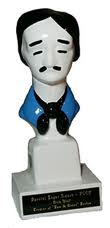 Along with the Edgar nominees, the Robert L. Fish Memorial Award finalists were announced. The estate of Robert Lloyd Fish, an American writer of crime fiction and recipient of an Edgar Award, has sponsored this award for the best first short story by an American author since 1984.
Along with the Edgar nominees, the Robert L. Fish Memorial Award finalists were announced. The estate of Robert Lloyd Fish, an American writer of crime fiction and recipient of an Edgar Award, has sponsored this award for the best first short story by an American author since 1984.